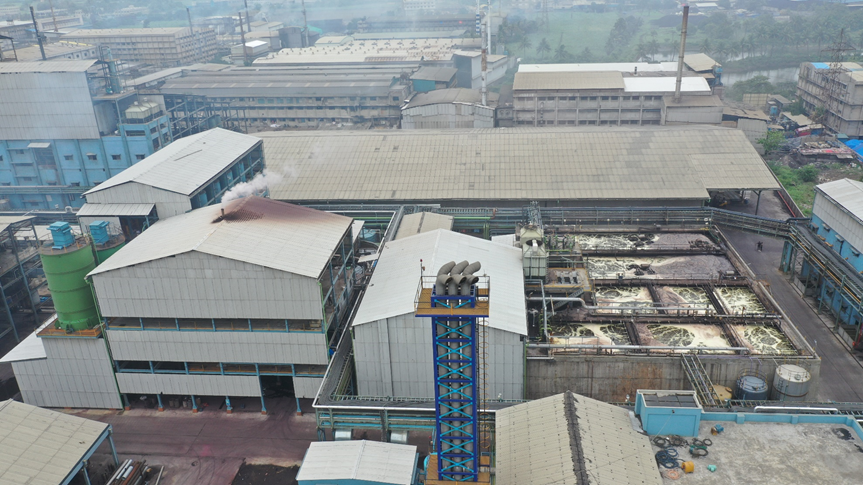By Jitendra Khandelwal, Amit Kumar, Pushkar Shukla, Hiten Mehta, Aditya Birla Water Application and Product Development Centre, Grasim Industries Limited (Chemical Division)
Treatment of Oily wastewater is one of the most challenging tasks in effluent treatment. It involves several Physical and chemical processes. Free oil can be separated and recovered using several physical processes like skimmers, oil traps, interceptors etc. However, removal of emulsified oil is extremely challenging and requires chemical treatment with coagulants and flocculants.
The efficacy of emulsified oil separation depends on factors like oil content, nature of oil, charge and molecular weight of the coagulant and flocculants being used and the treatment system (Dissolved Air floatation, Induced gas floatation, clarifier etc.)
In the present case, during handling of Raw materials in a carbon black manufacturing unit oily wastewater is generated which is then sent to Effluent treatment plant for recovery and removal of oil.
Fig. 1: Process outline for Spilled Oil treatment process in Carbon Black Manufacturing Plant
Initially Jar test was conducted to select the right product and the results are tabulated below:
Table 1: Results of Jar-test Conducted
Figure 2: (Left to Right) Samples treated with Vytal 512, Vytal 711, Vytal 2810 and Customer’s existing product
On the basis of the Jar test it was concluded that combination of VYTAL 711 followed by Vytal 971 performed the best with clear supernatant and larger floc size. The performance was much better than customer’s existing products.
Plant Scale Trial:
In total 25 m3effluent was to be treated for the trial, Vytal 711 was dosed at a rate of 280-300 ppm. 0.1 % solution Vytal 971 was prepared and then dosed at a rate of 2 – 2.4 ppm. Inlet pH was maintained with the help of Caustic Soda and HCl. An Air-water mixture was purged into SDF at a pressure of 1.5 – 2kg/cm2. The settled sludge was taken out through bottom using spiral separator on regular basis.
Table 2: Results of Plant Trial
Conclusion:
1) Vytal 711 was found to provide excellent removal of Oil (94.44 %) and meet the Discharge norm of <5 ppm as per Pollution control board.
2) 87.5 % reduction in TSS and 95 % reduction in Turbidity was observed
3) The dose of Vytal 711 was ~ 10 % less than the existing product leading to a more cost-effective treatment.
Thus, it can be concluded that Treatment with Grasim’s VYTAL 711 and VYTAL 971 leads to significant improvement in oil removing efficiency of the ETP and helping meet the discharge norms, this was accomplished at lower treatment cost per m3.





